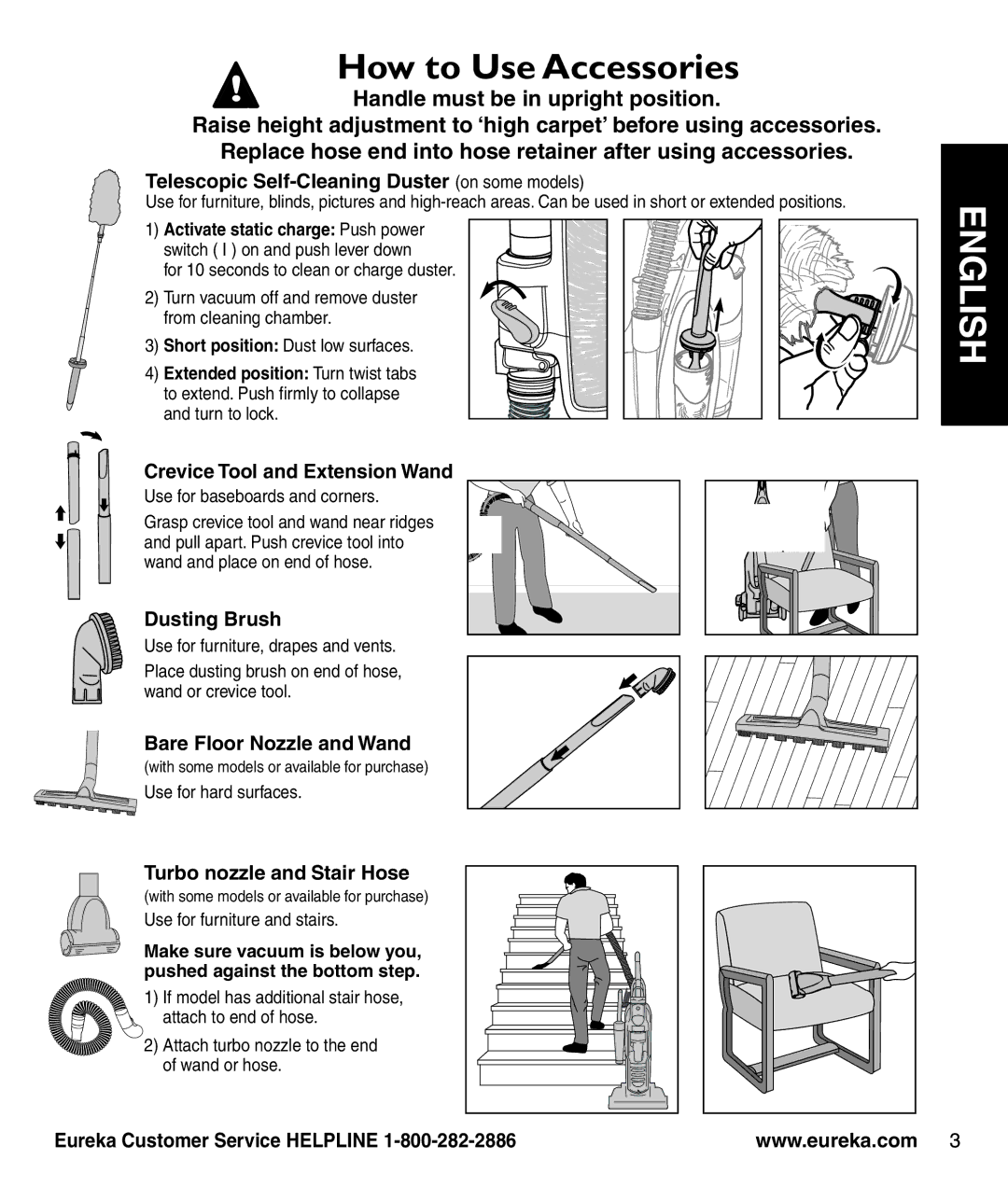eureka specifications
Eureka is a powerful service discovery tool that plays a crucial role in the microservices architecture. Developed by Netflix, this open-source solution simplifies the process of locating and managing services in a dynamic environment, where instances can come and go due to scalability or failover reasons. Here are the prominent features, technologies, and characteristics that define Eureka.One of the core features of Eureka is its ability to facilitate load balancing among services. By maintaining an up-to-date registry of services, it enables clients to route requests efficiently based on the current availability of service instances. This dynamic reconfiguration helps achieve optimal resource utilization and improves the overall performance of applications.
Eureka operates with a client-server architecture. The Eureka server acts as a central registry where all the microservices can register themselves and discover other services. Each service instance registers its metadata, including its health status, which enables Eureka to provide accurate information to clients. Clients can utilize Eureka to fetch the status of service instances, allowing them to make informed routing decisions and maintain reliability.
Health checks are another pivotal feature of Eureka. It automatically monitors the health of registered services, removing any instances that have become unresponsive from the registry. This ensures that clients are always provided with a list of healthy instances to choose from, enhancing the resilience of the microservices architecture.
Eureka's architecture is designed to be highly available. It supports a replicated registry model, allowing multiple Eureka server instances to share registration information. This fault-tolerance feature guarantees that even if one server fails, others can continue to serve requests, preventing a single point of failure in the system.
The technology stack of Eureka leverages Java and Spring Cloud, making it compatible with other components of the Spring ecosystem. Its seamless integration with Spring Boot allows developers to quickly implement service discovery without complicated configurations. Moreover, Eureka can be extended to work in hybrid environments, facilitating both cloud-native and on-premises deployments.
In summary, Eureka is a quintessential tool for managing service discovery in microservices architecture. With its load balancing capabilities, health monitoring, high availability, and robust integration with the Spring ecosystem, it stands as a reliable choice for developers seeking to optimize their distributed systems. As microservices continue to gain traction in modern software development, Eureka remains an essential component that simplifies and streamlines the challenges of service registration and discovery.

